Our furry friends bring joy to our households, but they are also a big responsibility. In general, adult dogs need to be walked for 20-30 minutes each day depending on their age, breed, and health. But that’s not always possible for some pet owners, especially those who face mobility challenges.
As a dog owner with a disability, the inability to take your furry friend for walks might seem like a significant hurdle in providing them with the mental and physical stimulation they need. However, being physically unable to go for a walk doesn’t mean you can’t still engage your canine companion. Here are some creative ways to stimulate your dog as an alternative to a walk.

Toys and Games
Get your dog puzzle toys and interactive feeders that dispense treats as your dog plays with them. These toys not only provide mental stimulation but also encourage problem-solving skills and can keep your dog engaged for the same amount of time as a walk. You can also engage your dog in interactive play sessions using toys such as tug ropes, balls, or squeaky toys. If you’re on a budget, the American Kennel Club has a list of do it yourself (DIY) cognitive dog toys for when you are stuck at home.

Sensory Stimulation
Dogs have an incredible sense of smell. You can engage them mentally by doing scent work. Hide treats around the house or in your yard and encourage your dog to use their nose to find them. You can gradually increase the difficulty level by hiding treats in more challenging spots.
You can also create a sensory garden if you have access to outdoor space. Plant different herbs and plants that your dog can sniff and explore. A 2022 study in the scientific journal Animals shows that dogs are most likely to interact with the scents of blueberry, blackberry, mint, rose, lavender, and linalol.
Audio and visual stimulation are also helpful to engage a dog mentally. Leave the radio or television on for your dog when you’re not around. The sound and movement can provide some stimulation and make them feel less lonely. YouTube has a channel dedicated to audio and visual stimulation for dogs. Check out DOGTV to find videos that are scientifically designed using colors dogs can see, sounds they can hear, and sights they enjoy.
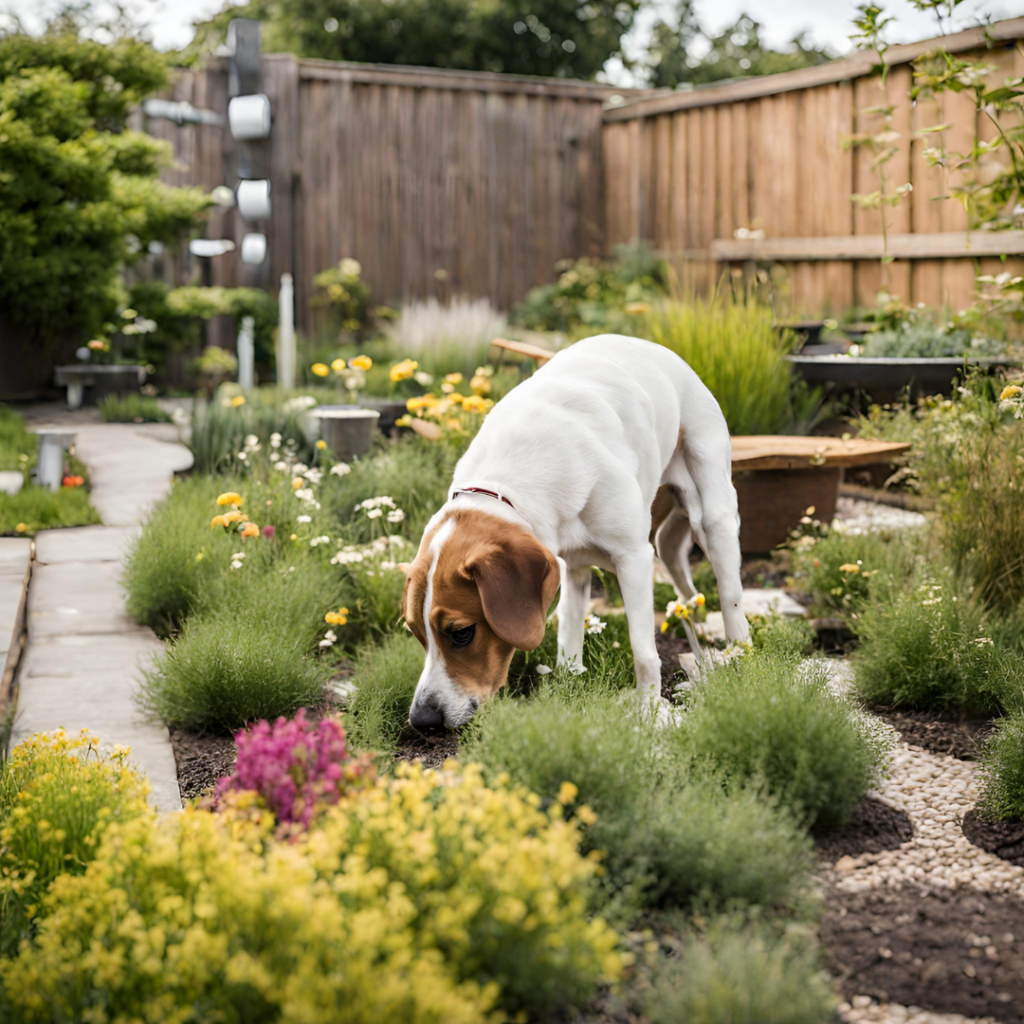

Training Sessions
Use training sessions to teach them new tricks or reinforce existing commands. Dog owners should teach their pets a set of tricks they can perform—not just for showing off, but for the dog’s own well-being. Training not only provides mental stimulation but also strengthens the bond between you and your dog. This blog post compiled by an animal training expert has a list of easy tricks to teach your dog.
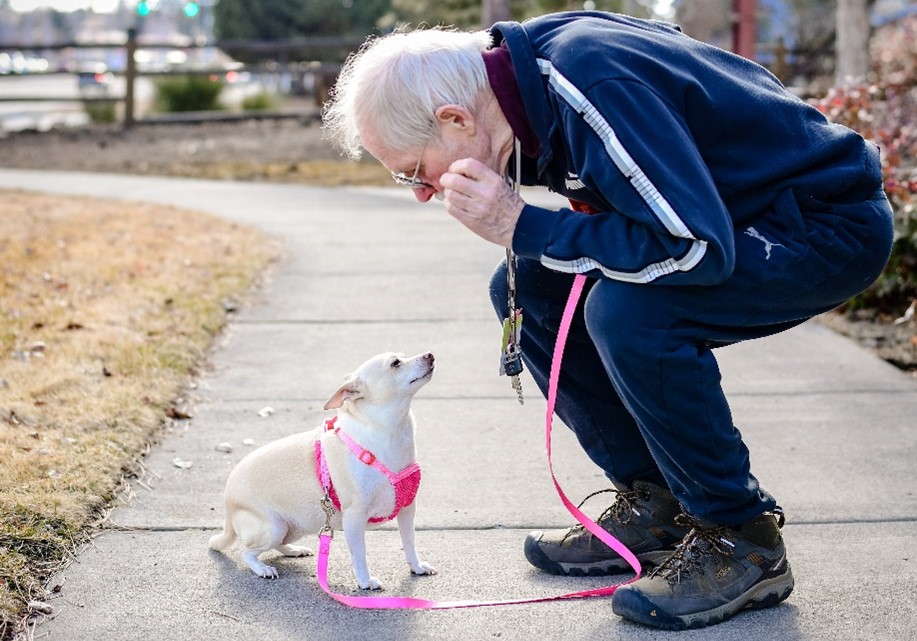
Get Help from Others
You can also engage professional services to help your dog get the physical stimulation they need. Consider hiring a dog walker, enrolling your dog in daycare a few times a week, or asking for help from someone you know. A friend may be able to pick up your dog on their own walk to give both pets physical exercise.
Alternatively, there could be another dog owner on your block who works all day and needs stimulation for their pet too. You can invite their dog to your home so your pets can get mutual benefits from playing together.
While physical walks are a traditional form of exercise and stimulation for dogs, they are by no means the only option. Even if mobility issues have made it a challenge to care for your pet’s physical needs, using a bit of creativity and effort to find alternative options can make it possible to help your dog lead a fulfilling and mentally stimulating life.
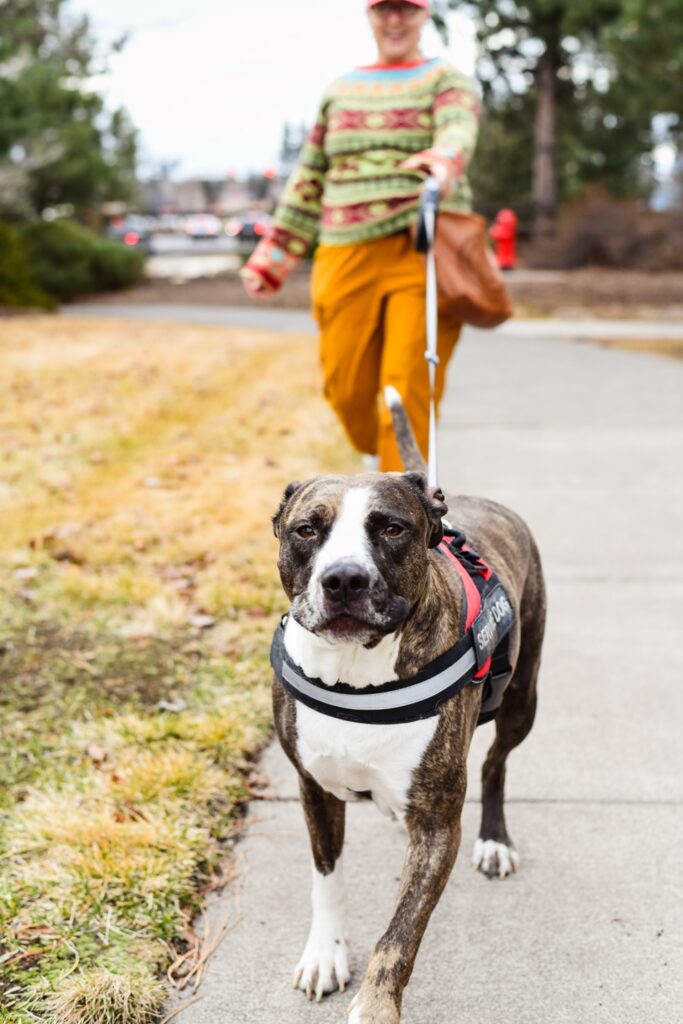
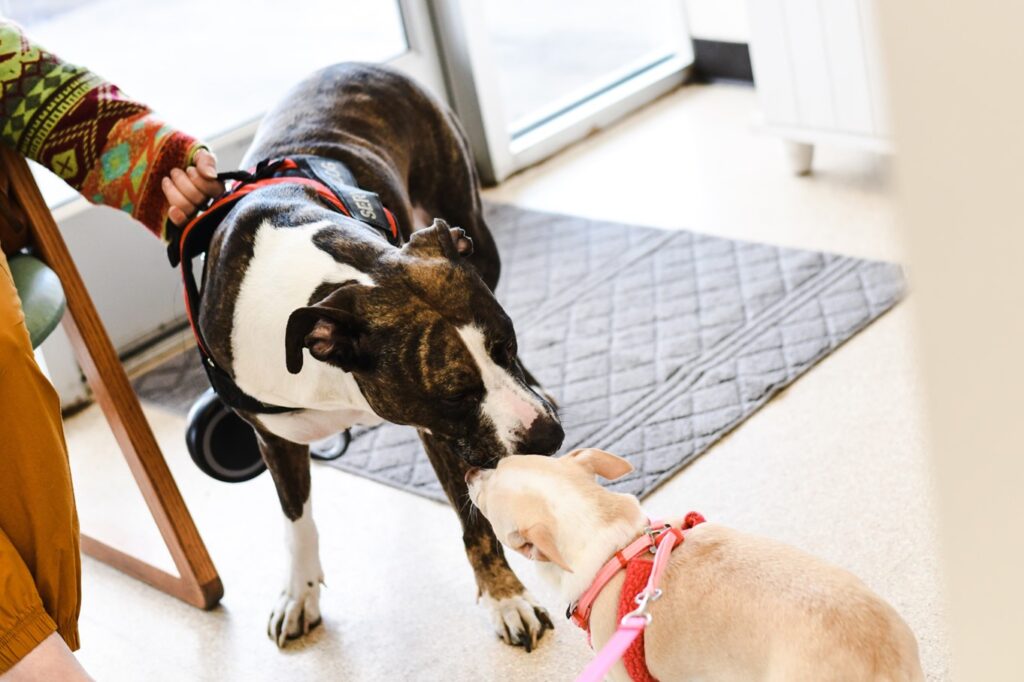
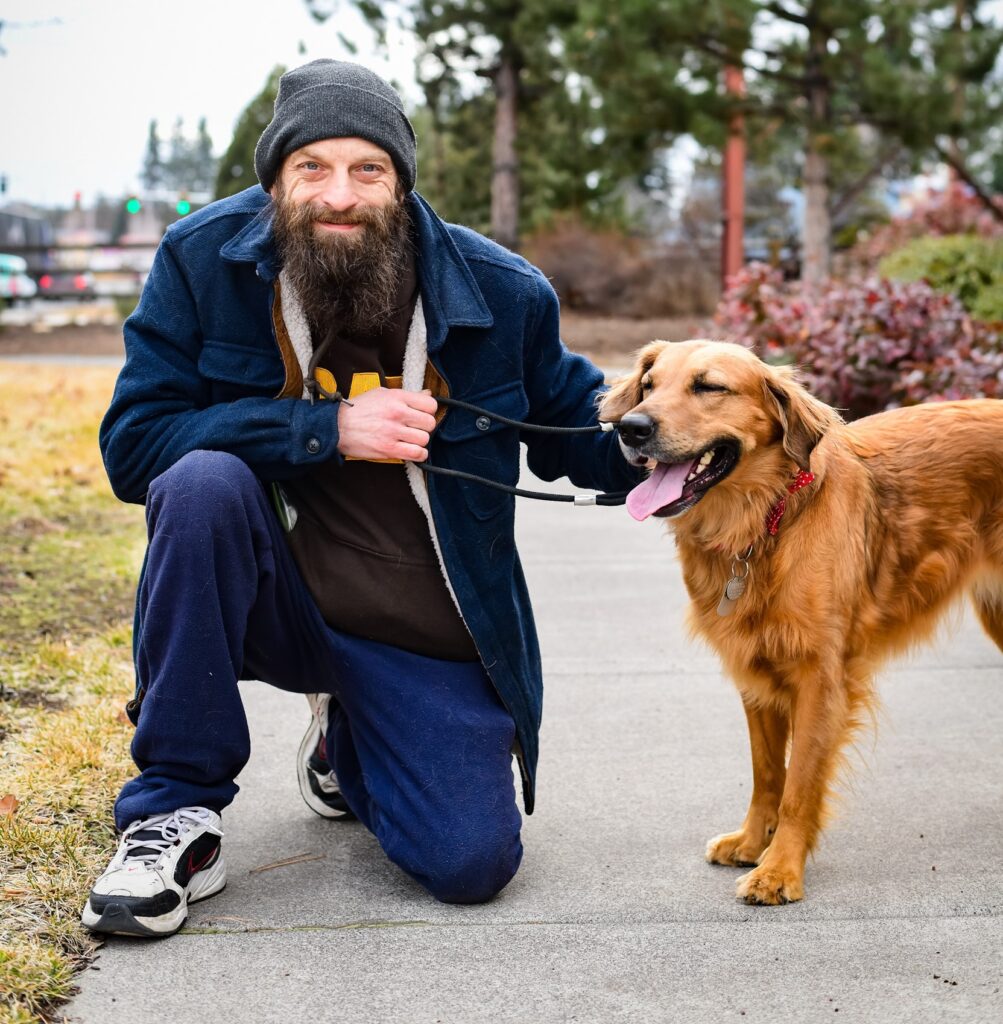
If you love furry friends as much as we do, check out our Pet Pals program to see what we’re doing to help disabled seniors and their pets in Central Oregon.
*This blog is not medical advice. If you are concerned about your pet’s physical or mental health, please contact your veterinarian.


